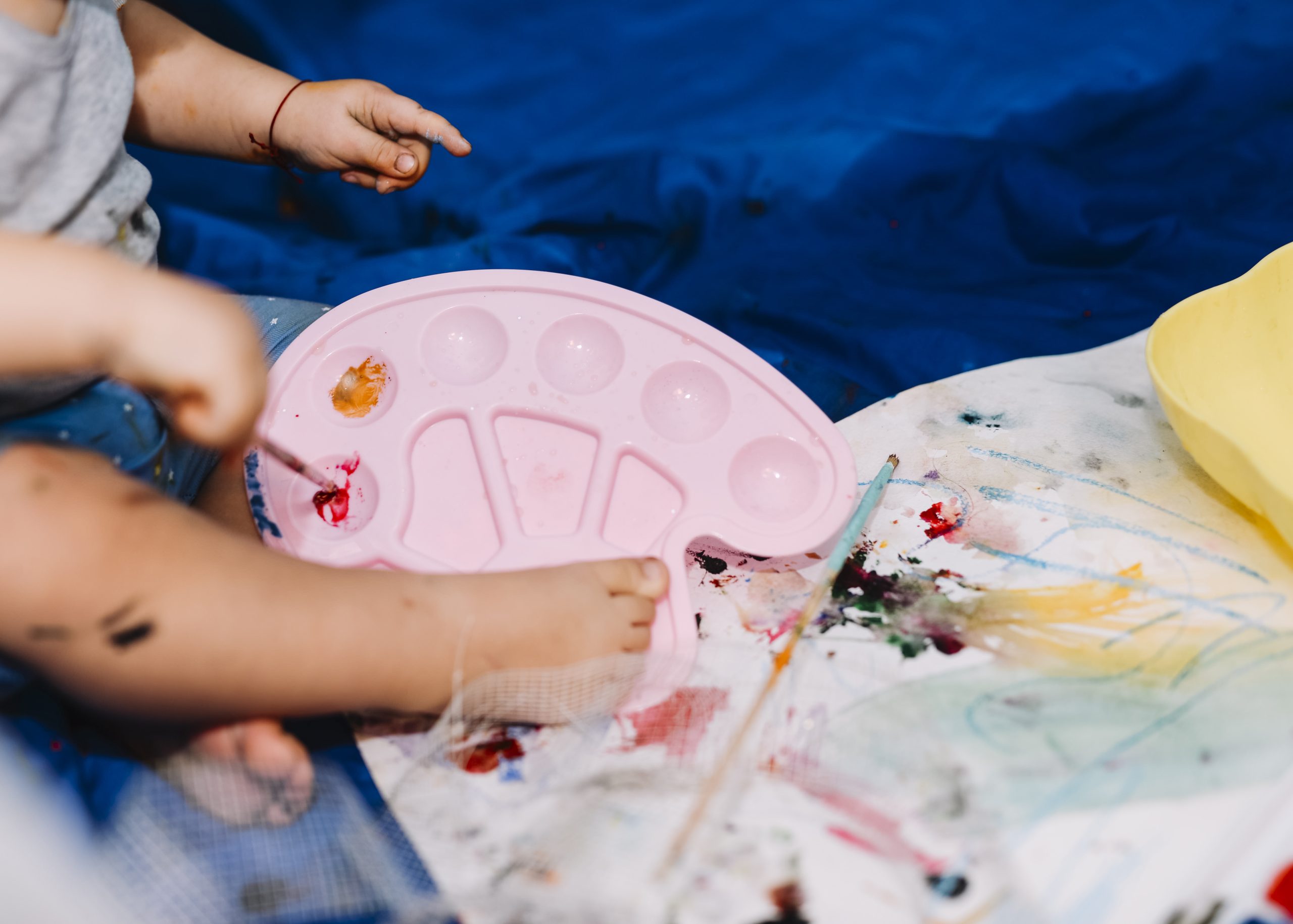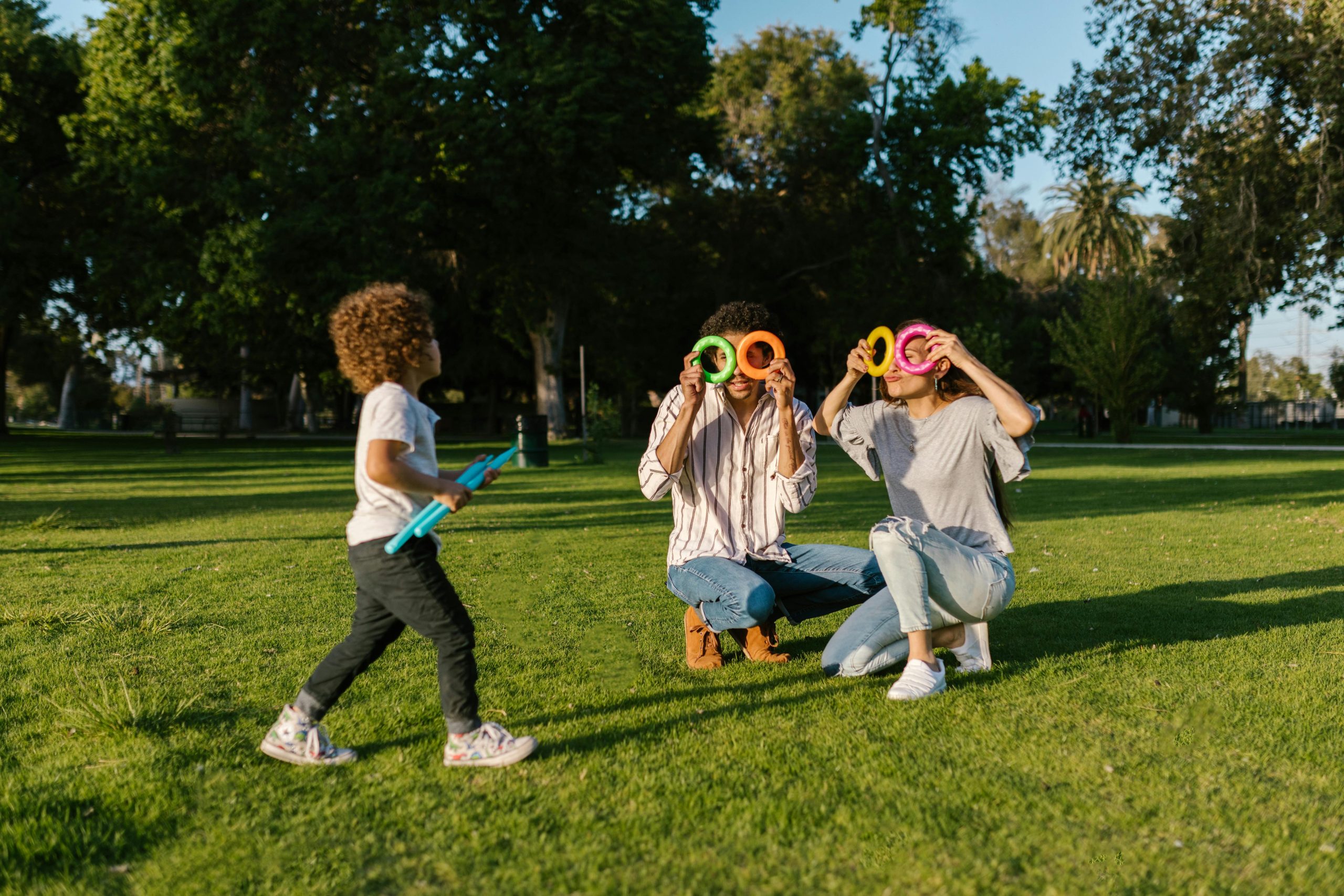How do genetics and environment together influence children’s development? A dynamic theory to explain the relationship between genetics, environment, and learning.
Family and Caregivers – Partnerships Across the Lifespan
A collaborative process between caregivers and the family to create a personalized treatment plan to improve the child’s functioning.
In this article, we will present a proposal for a work model that presents the collaboration of therapists and family in the process of treating a child. Since the family is the stable foundation in the child’s life, and the therapists are the changing factor in the family’s life – every family builds many partnerships with different therapists over the years. Good collaboration will result in better and more progressive treatment for the child. The proposed model is – a treatment process that includes an assessment of the children’s abilities and difficulties, setting treatment goals, planning treatment, carrying out treatment and evaluating the effectiveness of treatment – all in a joint process of the family and therapists. The model is based mainly on the publication by R. Palciano and M. Ann from 2014
Building goals that are agreed upon by both parties:
In a joint conversation and assessment, the child and family’s needs, desires, and abilities are examined. The COPM index is used and the importance of the desired activity is rated (a score of 10 is written next to the most important activity for the family and child). After rating the importance, the current performance of that activity is rated. (A score of 10 is written next to an activity that is performed excellently according to the assessment of the family and the child)
For example: 3 activities from the field of movement:
| Importance to the child and family | Current performance rating | |
|---|---|---|
| Stable sitting | 8 | 7 |
| Standing independently | 6 | 9 |
| Walking steadily within a structure | 9 | 4 |
It is recommended to discuss and also write in words how the family hopes to see the performance of the skill after the time period defined for the goals.
The family and the therapist together define how the treatment plan will progress and what the family’s roles are. and the therapist in the process.
The role of the family in the discussion: What resources are available to them, what are the strengths and preferences of the family, what adjustments are necessary for the family culture, the community, and the child himself.
The role of the therapist in the discussion: To provide information based on his therapeutic experience and research evidence. To provide this information verbally, in writing, and online. The therapist should help the family establish contact with professionals and other families. The information should define what needs to happen in order for the child to achieve the chosen goals and what is the recommended agenda within which there are steps towards achieving the goal.
At the end of the discussion, an agreement should be reached on what the difference in functioning will be when the intervention is considered successful. And when during the day it is appropriate to work with the child to achieve the goals. Recommended questions to help at this stage are:
- At the end of the intervention, what performance of the child will make you admire?
- What will make the difference between the performance now and the performance you want to happen?
- What will be the first step in promoting the transition from the performance now to the performance you want to happen?
- What can you (family/therapist) do to promote the transition from the existing to the desired?
Time and place frame:
- Are there certain situations in which the child shows the difficulty (for example: if the difficulty is sitting – “In what situations or cases is it difficult for him to sit?”)
- What do you do in situations of difficulty?
- Are there times that are especially convenient for the child and the family to work on such an activity?
- Are there times Particularly difficult for such work?
Role definition:
- Who can be responsible for carrying out an activity with the child at a certain time?
- Will there be someone to support the child while they carry out activities to achieve the goal?
- How can the therapist help you achieve the goal?
Example of a daily activity plan to achieve a goal:
The child’s steady walking inside a structure
| Hour | Routine activity | Child’s activity | Participants and roles |
|---|---|---|---|
| 7:00- 8:00 | Getting up and getting ready for school |
Going down the stairs | Father/mother: Verbal or sensory accompaniment and cue |
| 16:00- 18:00 | Rest and play At home | Riding a tricycle In a nearby field |
Mother: Supervising; Brother: Playing with the child, helping – only if the child asks |
Joint implementation of the treatment plan
In this part of the model, the family and the therapist practice with the child according to the plan and have a regular conversation about the plan. The conversation includes a reference to evaluating the ability to carry out the plan:
“Were we able to carry out the plan we built?”
“Were the activities we planned good?”
At this stage, parents and therapists should share thoughts and observations – are there any changes in the child’s condition, abilities, successes, and challenges. At this stage, it is necessary to check again whether the plan is appropriate for the family’s needs and changing resources.
If the intervention was successful – how will we move forward?
If it was not successful, or – if unexpected difficulties arose, we discuss possible solutions and modify the intervention plan accordingly.
Joint assessment of goal achievement
At the time set in advance for achieving the goals, it is necessary to check whether the goal has indeed been achieved. The family and the therapist should summarize together:
Was the intervention effective?
Were the goals achieved?
But is the child performing the function today?
What abilities does the family have to help continue the program? Where are there fewer abilities to support the process?
Sources:
Similar and engaging content
Remote treatment in the field of child development, which began as a constraint in Corona, has become a treatment standard – but experts are divided on its advantages and disadvantages.
Exposure to war poses challenges that are magnified when it comes to children with developmental disabilities.







